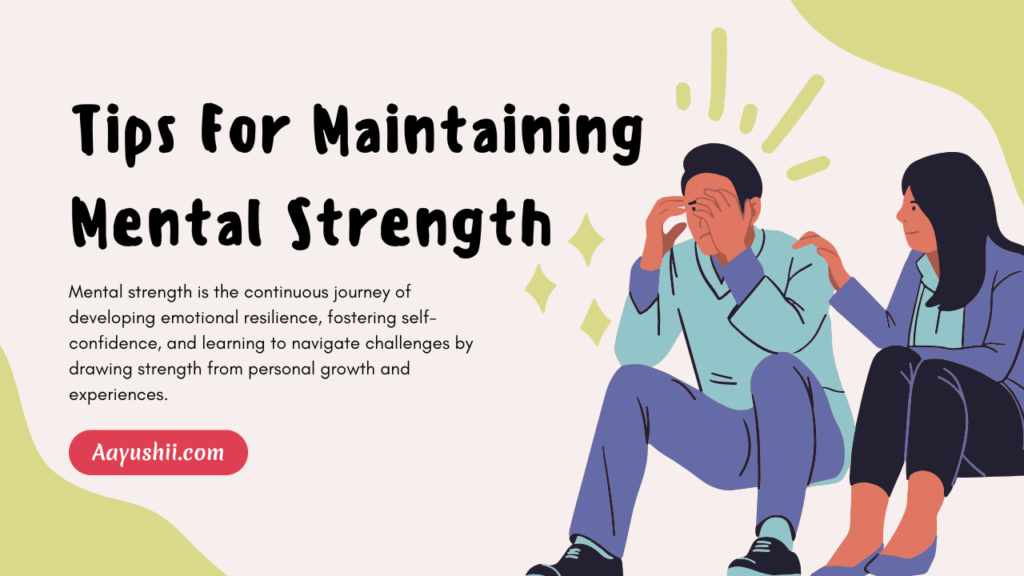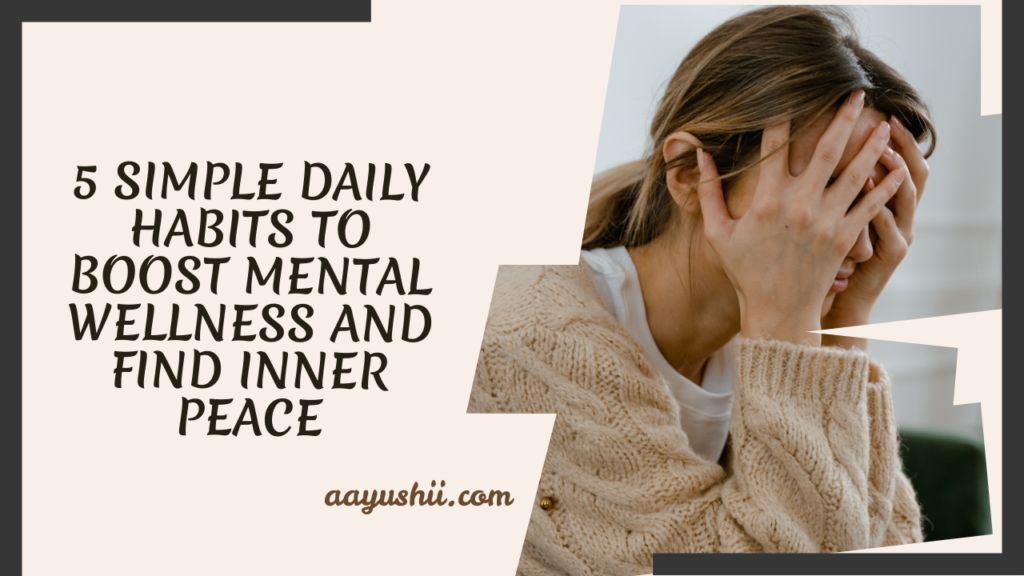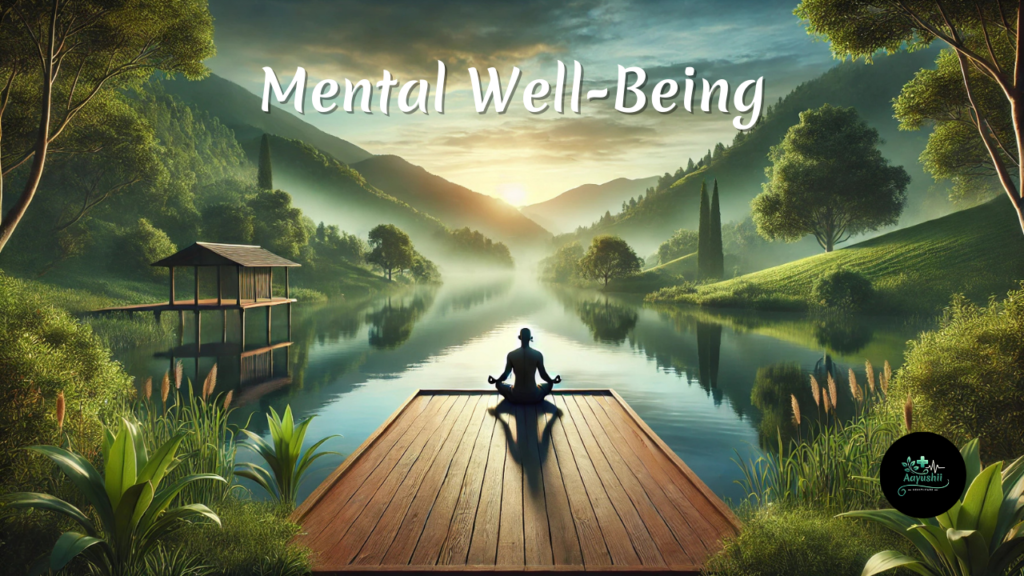Stress and anxiety have become ubiquitous in modern society, affecting people of all ages and backgrounds. With the fast pace of life, constant digital stimulation, and endless to-do lists, it is no surprise that many of us struggle to find a sense of peace and calm. Fortunately, there is a growing body of evidence suggesting that mindfulness a mental state of focused awareness on the present moment can significantly help reduce stress and anxiety while improving overall well-being.
In this in-depth article, we will explore the concept of mindfulness, discuss how it reduces stress and anxiety, review scientific research supporting its benefits, and provide a wide array of mindfulness techniques that you can incorporate into your daily life. We will also address common misconceptions and offer practical tips for staying motivated in your mindfulness journey. By the end, you will have a detailed understanding of what mindfulness is, why it is so important, and how to effectively practice it to improve your mental health and overall quality of life.
Table of Contents
Introduction to Mindfulness
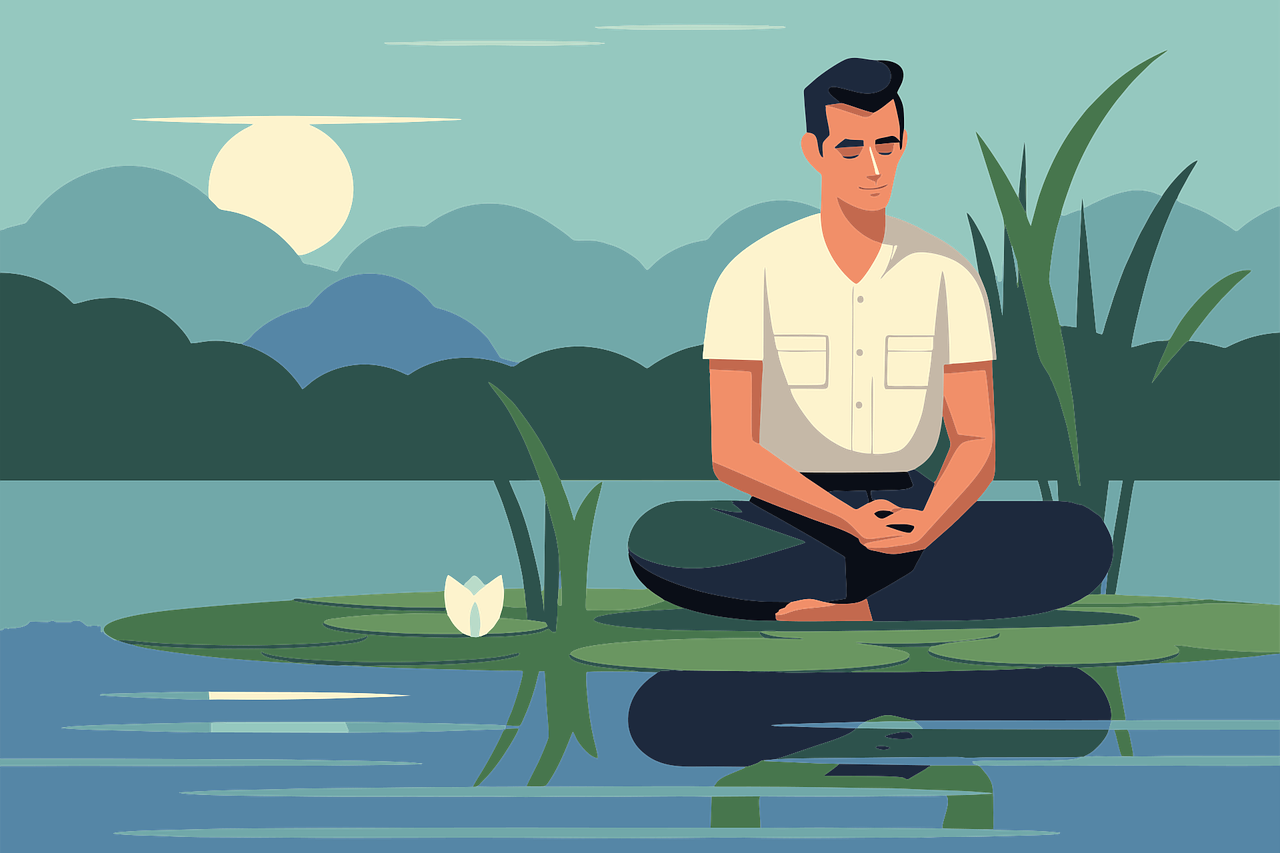
What is Mindfulness?
At its core, mindfulness is the practice of being fully present in the moment—observing your thoughts, feelings, bodily sensations, and surrounding environment without judgment. Instead of letting your mind wander into worries about the future or regrets about the past, mindfulness encourages you to anchor yourself in what is happening right now. This awareness empowers you to respond to situations with clarity and calm rather than reacting reflexively and emotionally.
While the term “mindfulness” may evoke images of monks in robes meditating in a quiet monastery, mindfulness itself is not restricted to any particular religious or cultural context. It is a skill that can be cultivated by anyone, regardless of background or belief system. Many people practice mindfulness through different forms of meditation, but it can also be integrated into daily activities, such as eating, walking, or working.
The Origins and Evolution of Mindfulness
Mindfulness has deep roots in ancient Eastern philosophies and traditions, particularly in Buddhism. In Buddhist teachings, mindfulness is one of the key elements of the Noble Eightfold Path a set of principles intended to guide practitioners toward liberation from suffering. Historically, Buddhist monks and practitioners engaged in meditation to gain insight into the nature of the mind, cultivate compassion, and foster inner peace.
In recent decades, mindfulness has been introduced to Western audiences largely through the work of pioneers such as Jon Kabat-Zinn, who developed the Mindfulness-Based Stress Reduction (MBSR) program in the late 1970s. This program has since been extensively studied and proven to help individuals cope with chronic pain, reduce stress, and improve mental health. The modern mindfulness movement continues to evolve, supported by scientific research that examines the psychological and physiological effects of regular practice.
Benefits of Practicing Mindfulness
Mindfulness offers a wide range of benefits that extend beyond stress and anxiety management. Key advantages include:
- Reduced Stress and Anxiety: By focusing on the present moment, mindfulness can interrupt the mental loops of worry and fear that contribute to stress and anxiety.
- Enhanced Emotional Regulation: Mindfulness teaches self-awareness, enabling practitioners to respond to emotional triggers more effectively.
- Improved Concentration and Cognitive Function: Regular practice can increase focus and attention span, helping in work or academic settings.
- Better Relationship Satisfaction: Mindful communication fosters empathy, understanding, and a deeper connection with others.
- Lower Risk of Stress-Related Illness: Chronic stress is linked to numerous health problems, and mindfulness can be a preventive tool.
- Increased Self-Compassion: Practitioners often report a greater sense of kindness and compassion toward themselves and others.
The Link Between Mindfulness, Stress, and Anxiety
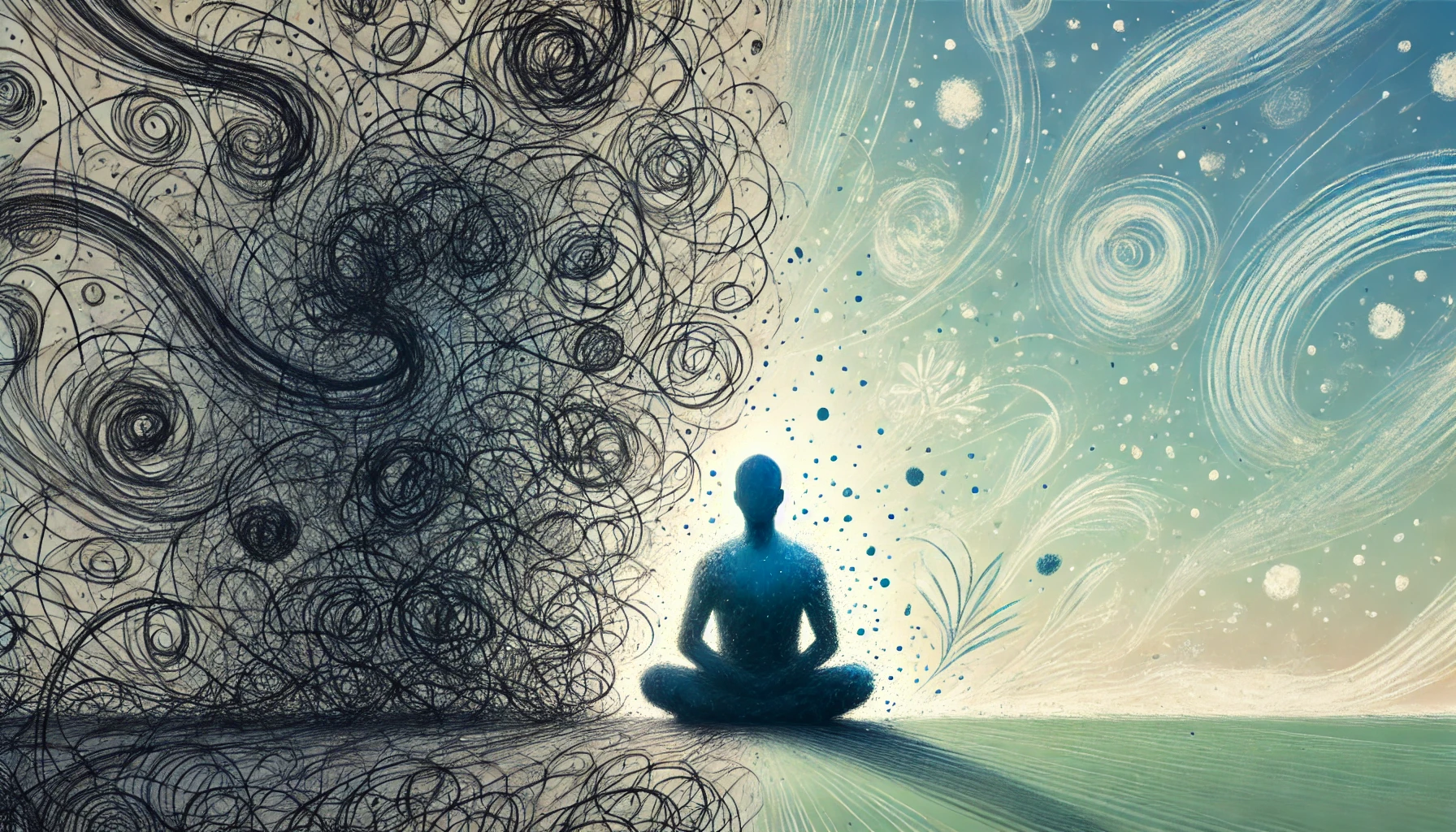
How Stress Manifests in the Body and Mind
Stress is a natural response that dates back to our early ancestors. When faced with danger, the body’s fight-or-flight response is activated, releasing hormones like adrenaline and cortisol to prepare us for action. While this response was critical for survival in the wild, modern stressors such as work deadlines, financial pressures, or personal conflicts often trigger the same physiological reactions, even though they are not typically life-threatening.
Common signs of stress include:
- Muscle tension
- Elevated heart rate
- Rapid or shallow breathing
- Difficulty sleeping
- Irritability or mood swings
- Digestive issues
When stress becomes chronic, it can lead to long-term physical and mental health challenges, including heart disease, high blood pressure, anxiety disorders, and depression.
Common Anxiety Triggers and Symptoms
Anxiety is a related but distinct phenomenon from stress. While stress is often tied to specific external situations (e.g., a tight deadline or conflict), anxiety can persist even in the absence of an immediate threat. Anxiety often involves persistent worry, apprehension about future events, and a sense of unease.
Common triggers for anxiety include:
- Major life changes (moving, changing jobs, marriage, divorce)
- Health concerns
- Financial pressures
- Social situations or performance expectations
- Traumatic experiences
Symptoms of anxiety can include:
- Constant worry or fear
- Restlessness and an inability to relax
- Difficulty concentrating
- Sleep disturbances
- Physical symptoms such as rapid heartbeat, sweating, or nausea
How Mindfulness Addresses Stress and Anxiety
Mindfulness works by interrupting the automatic patterns of thought that perpetuate stress and anxiety. Instead of being caught in a cycle of rumination or constant worry, a mindfulness practitioner observes these thoughts and feelings as transient experiences. This perspective creates a mental gap between stimulus and response, allowing for more conscious and mindful reactions.
By cultivating present moment awareness, mindfulness helps individuals:
- Regulate Emotion: Recognize and label emotional states as they arise, reducing their intensity.
- Lower Physiological Arousal: Breathing exercises and relaxation techniques help calm the body’s stress response.
- Improve Mental Clarity: With practice, it becomes easier to distinguish between productive problem-solving and unproductive rumination.
- Increase Self-Compassion: Mindfulness encourages a nurturing attitude toward one’s own emotional experiences, decreasing self-criticism.
The Science Behind Mindfulness

Overview of Key Research Studies
Over the past few decades, numerous studies have investigated the effects of mindfulness on stress, anxiety, depression, and overall mental health. Research consistently shows that mindfulness can:
- Lower levels of cortisol, the stress hormone
- Enhance brain function related to learning, memory, and emotional regulation
- Decrease symptoms of anxiety and depression
- Improve quality of life for people with chronic illnesses and pain
For example, a groundbreaking study conducted by scientists at the University of Massachusetts Medical Center found that participants in the MBSR program reported significant reductions in stress and an improved ability to cope with chronic pain. Other randomized controlled trials have confirmed that mindfulness interventions can help reduce symptoms of anxiety disorders, including generalized anxiety disorder (GAD) and social anxiety disorder.
Neuroplasticity and Mindfulness
Neuroplasticity refers to the brain’s ability to reorganize itself by forming new neural connections throughout life. Mindfulness practices appear to leverage neuroplasticity in a beneficial way. Advanced imaging techniques (such as fMRI) have shown changes in the brain structures of experienced meditators, including:
- Increased Gray Matter: Areas involved in emotion regulation, learning, and memory, such as the hippocampus, often show increased density.
- Reduced Amygdala Reactivity: The amygdala is associated with the stress response. Mindful meditation can diminish its hyper-reactivity to perceived threats.
These changes suggest that regular mindfulness practice can lead to lasting improvements in emotional balance, cognitive function, and stress management.
Mindfulness-Based Stress Reduction (MBSR)
Developed by Jon Kabat-Zinn in 1979, MBSR is an eight-week program combining mindfulness meditation, body awareness, and yoga. Its primary goal is to help participants develop coping strategies for stress, pain, and illness. MBSR has been extensively researched and is widely regarded as one of the most effective, evidence-based mindfulness interventions.
Key components of MBSR include:
- Weekly Group Sessions: Participants learn meditation techniques and discuss challenges.
- Daily Home Practice: Structured assignments, including guided meditations and mindful activities.
- Mind-Body Awareness: Gentle yoga and stretching exercises to connect the mind and body.
- Group Support: Sharing experiences fosters a sense of community and empathy.
Studies consistently show that MBSR reduces symptoms of stress, anxiety, depression, and chronic pain, making it a cornerstone program for those looking to harness mindfulness for better mental and physical health.
Core Principles of Mindfulness

Before diving into specific techniques, it’s important to understand the core principles that underpin any mindfulness practice:
Present Moment Awareness
This principle emphasizes paying close attention to the here and now, including one’s thoughts, feelings, and sensations. Instead of letting your mind wander or dwelling on regrets about the past or fears about the future, mindfulness directs your focus to what is happening at this moment. This shift in attention helps break cycles of rumination and worry.
Non-Judgmental Observation
Mindfulness practice involves observing experiences without labeling them as “good,” “bad,” or “neutral.” In other words, you acknowledge your thoughts and feelings without criticism or praise. This stance of neutral curiosity fosters self-awareness and reduces the emotional impact of certain thoughts or sensations that might otherwise trigger stress or anxiety.
Compassion and Self-Kindness
A key aspect of mindfulness is treating yourself and others with kindness, empathy, and respect. Rather than berating yourself for feeling anxious or stressed, mindfulness encourages a gentle, nurturing attitude. This self-compassion can be a powerful antidote to the self-critical thoughts that often accompany stress and anxiety.
Getting Started with Mindfulness

Setting Realistic Expectations
A common misconception is that mindfulness will immediately eliminate all stress or that you must clear your mind of all thoughts. Neither is accurate. Mindfulness is not about emptying your mind; it’s about recognizing thoughts as they arise and gently bringing your attention back to the present moment. The real benefits emerge over time through consistent practice.
Creating a Supportive Environment
While mindfulness can be practiced anywhere, finding a quiet and comfortable space especially when you are first starting can greatly enhance your experience. Consider the following tips:
- Choose a space with minimal distractions.
- Sit in a supportive chair or on a cushion if you prefer the floor.
- Adjust the lighting to a comfortable level.
- Silence or mute digital devices, if possible.
If you live in a noisy environment, you can use noise-canceling headphones or a white noise machine to help maintain focus during your mindfulness sessions.
Timing and Frequency of Practice
Many mindfulness experts recommend starting with short sessions 5 to 10 minutes each day and gradually increasing the duration as you grow more comfortable. Some practitioners find it helpful to schedule their mindfulness practice at the same time every day (e.g., first thing in the morning or before bedtime), to establish a consistent habit.
- Begin with 5-10 minutes daily.
- Over a few weeks, gradually increase to 15-20 minutes.
- Aim for a 30-minute session if you have the time and inclination.
Remember, even a short, mindful pause during a busy day can bring tremendous benefits, so don’t dismiss smaller pockets of mindfulness practice.
Essential Mindfulness Techniques for Reducing Stress & Anxiety
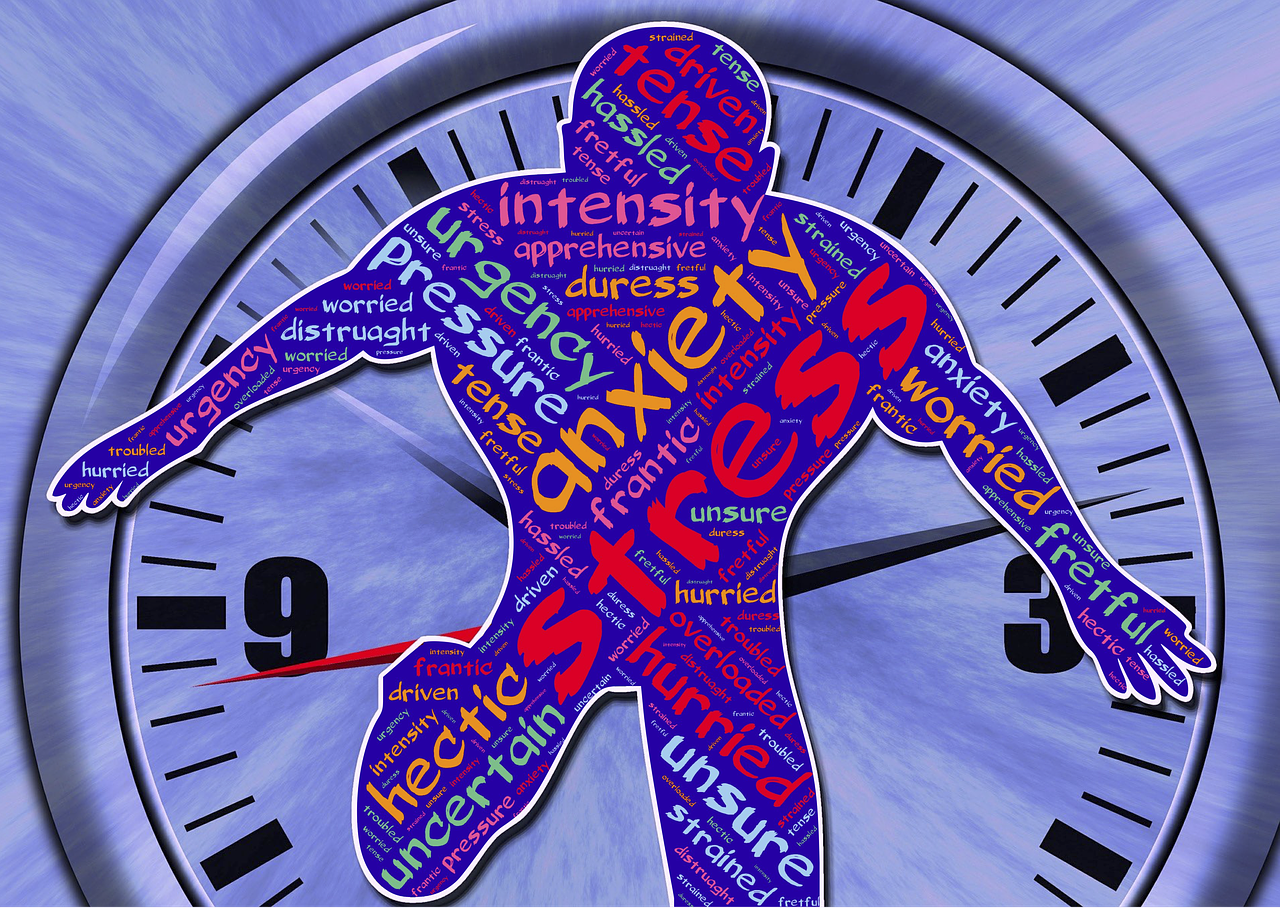
There are many ways to practice mindfulness, and each technique offers unique advantages. Below is a comprehensive list of ten techniques, each explained in detail. Consider experimenting with different methods to see which resonates best with your lifestyle and personal preferences.
1. Mindful Breathing
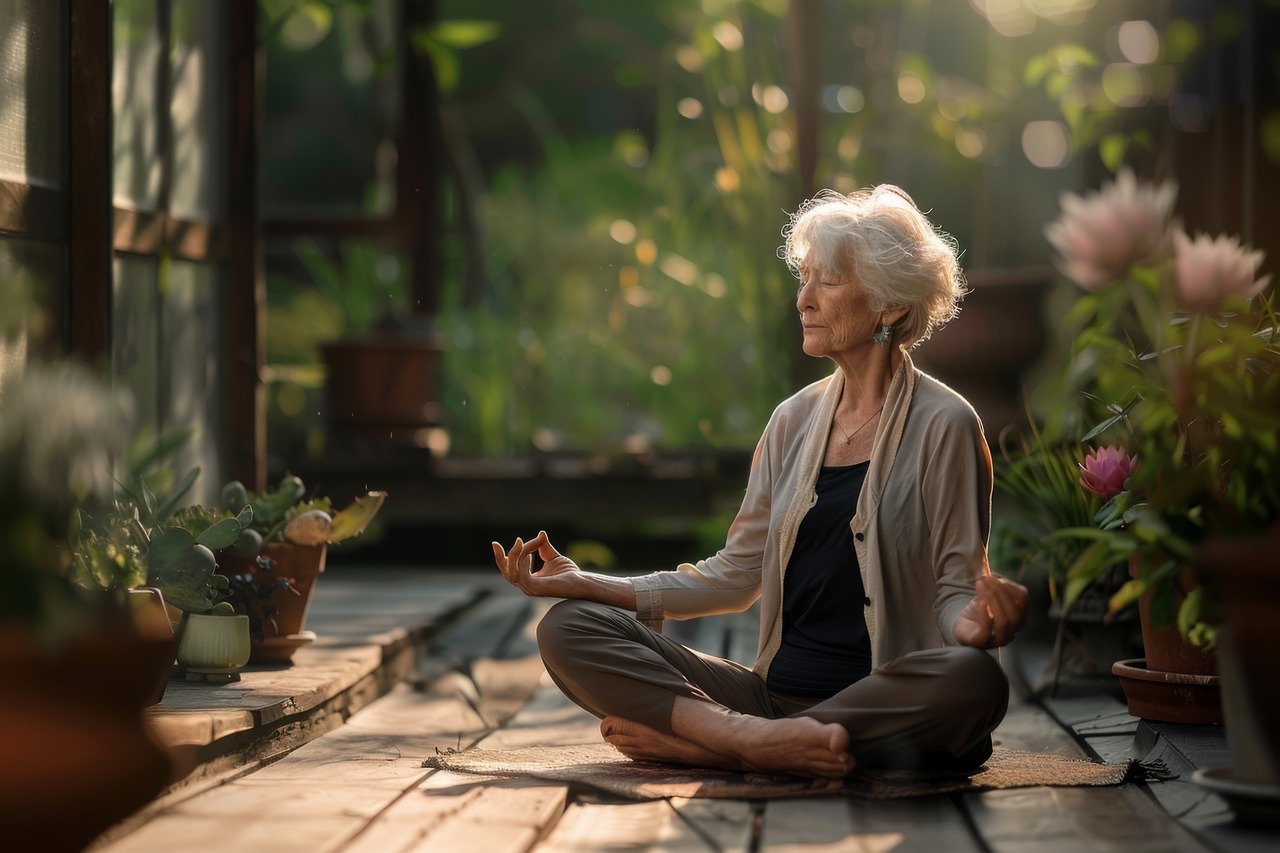
Mindful breathing focuses on the breath as an anchor for present-moment awareness.
How to Practice:
- Sit or lie down in a comfortable position with a straight spine.
- Close your eyes if it feels comfortable.
- Take a few deep breaths, feeling your chest and abdomen rise and fall.
- Gradually let your breath settle into a natural rhythm.
- Notice the sensation of the breath entering through your nostrils, filling your lungs, and leaving your body.
- If your mind wanders, gently acknowledge the thought and bring your attention back to the breath.
Benefits:
- Calms the nervous system.
- Cultivates focus and reduces mental clutter.
- Accessible anytime, anywhere.
Example: When stuck in traffic, take three mindful breaths. Notice the tension in your shoulders and jaw. Release it as you breathe out, shifting focus away from frustration toward physical relaxation.
2. Body Scan Meditation
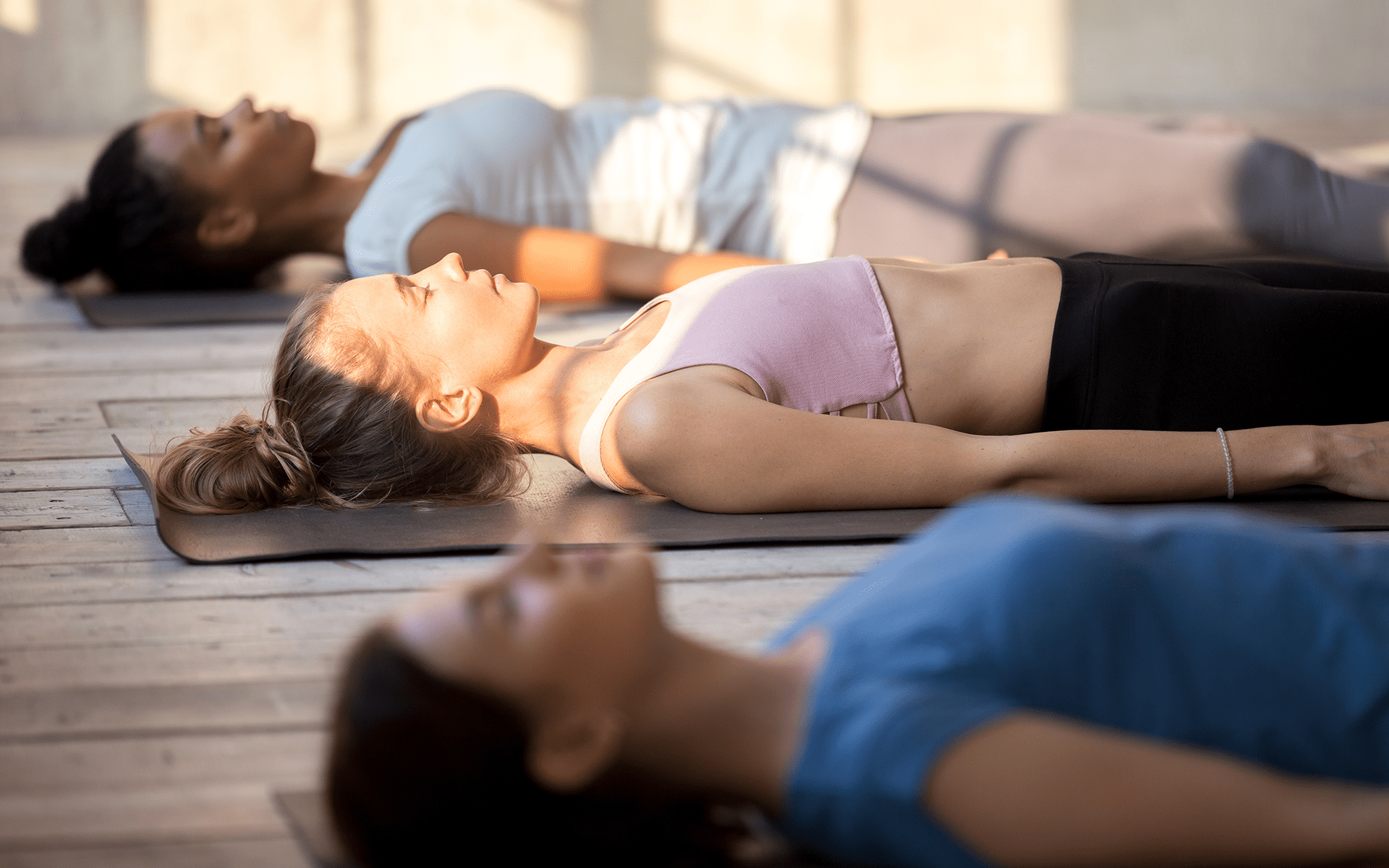
A body scan involves systematically paying attention to different parts of the body, moving from head to toe (or vice versa), and noticing any sensations tension, warmth, tingling without judgment.
How to Practice:
- Lie on your back or sit upright in a chair.
- Close your eyes and take a few deep breaths.
- Starting at the top of your head, direct your attention to your scalp, forehead, temples, and face. Notice any sensations.
- Move down through your neck, shoulders, arms, and hands, pausing in each area to observe sensations.
- Continue scanning down your torso, hips, legs, and feet.
- If you detect tension, visualize sending your breath into that area to release it.
- Finish by taking a few deep, grounding breaths before slowly opening your eyes.
Benefits:
- Enhances mind-body connection.
- Identifies areas of stress or pain.
- Promotes relaxation and better sleep.
Example: Before going to bed, spend 10 minutes doing a slow body scan. This can help calm the mind and prepare the body for restful sleep.
3. Mindful Eating

Mindful eating involves paying full attention to the experience of eating and drinking, from the tastes and textures to the physical sensations of hunger and fullness.
How to Practice:
- Choose a small piece of food (e.g., a raisin or a piece of chocolate).
- Take a moment to appreciate its appearance, color, and shape.
- Smell it carefully, noting any aroma.
- Place the food on your tongue without chewing immediately. Notice the initial taste, temperature, and texture.
- Chew slowly, savoring each bite and staying aware of how the taste changes.
- Swallow consciously, feeling the food traveling down your throat.
- Reflect on the experience how was it different from your usual eating habits?
Benefits:
- Improves digestion and helps prevent overeating.
- Increases appreciation for food and reduces mindless snacking.
- Encourages healthier eating habits.
Example: Try this exercise at lunchtime, focusing entirely on your food rather than scrolling through your phone or watching TV. You might find you feel satisfied sooner and gain more enjoyment from your meal.
4. Loving-Kindness Meditation (Metta)
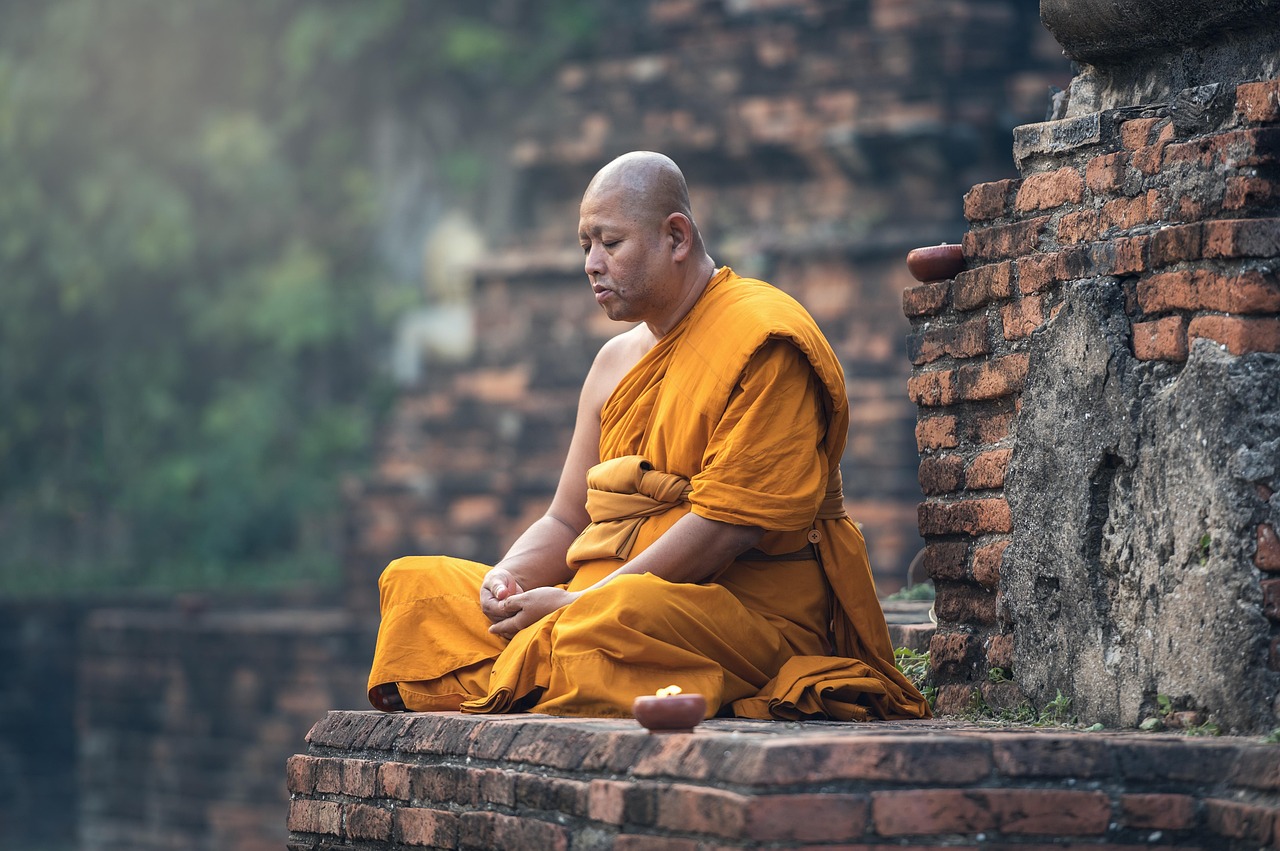
Also known as Metta, loving-kindness meditation involves generating feelings of goodwill and compassion toward oneself and others.
How to Practice:
- Sit comfortably with your eyes closed.
- Begin by directing kindness toward yourself. Silently repeat phrases like, “May I be happy. May I be healthy. May I live with ease.”
- Next, visualize a loved one and extend similar phrases of goodwill to them.
- Expand this circle gradually to acquaintances, strangers, and even difficult people in your life.
- End by encompassing all living beings, wishing them happiness, health, and peace.
Benefits:
- Increases feelings of empathy and social connection.
- Reduces anger, resentment, and hostility.
- Enhances emotional well-being.
Example: If you’re experiencing tension with a colleague, spend a few minutes each day extending loving-kindness phrases to them. Over time, this practice can soften negative emotions and foster more constructive interactions.
5. Mindful Walking

A practice of walking slowly and deliberately, paying attention to your movement, environment, and the sensations in your body.
How to Practice:
- Find a quiet, safe place to walk this could be a garden, a park, or even a hallway.
- Stand still momentarily, taking a few mindful breaths.
- Begin walking slowly, noticing how your feet lift and touch the ground.
- Pay attention to the shifting of your weight and the movement of your legs and arms.
- If your mind wanders, gently bring it back to the act of walking.
- Optionally, synchronize your breath with your steps.
Benefits:
- Offers a dynamic form of meditation, beneficial for those who find seated practice challenging.
- Helps connect the mind and body in movement.
- Encourages appreciation of nature and surroundings.
Example: During your lunch break, take a 5-minute mindful walk outside. Focus on the sensations of your feet on the ground, the sun on your skin, or the breeze on your face.
6. Guided Visualization

Guided visualization uses the power of mental imagery to promote relaxation and reduce stress or anxiety.
How to Practice:
- Sit or lie down in a comfortable position.
- Close your eyes and take a few deep breaths.
- Visualize a peaceful scene such as a beach, forest, or mountain stream.
- Engage all your senses: imagine the sound of waves, the warmth of the sun, or the smell of pine.
- Notice how your body feels as you immerse yourself in this scene.
- After a few minutes, slowly bring your attention back to the present, opening your eyes gently.
Benefits:
- Relaxes the mind and body.
- Reduces anxious and stressful thought patterns.
- Enhances creativity and imagination.
Example: If you feel overwhelmed at work, close your office door for a couple of minutes, take slow breaths, and picture a calming place in your mind, noticing as many details as possible.
7. Observing Thoughts Meditation
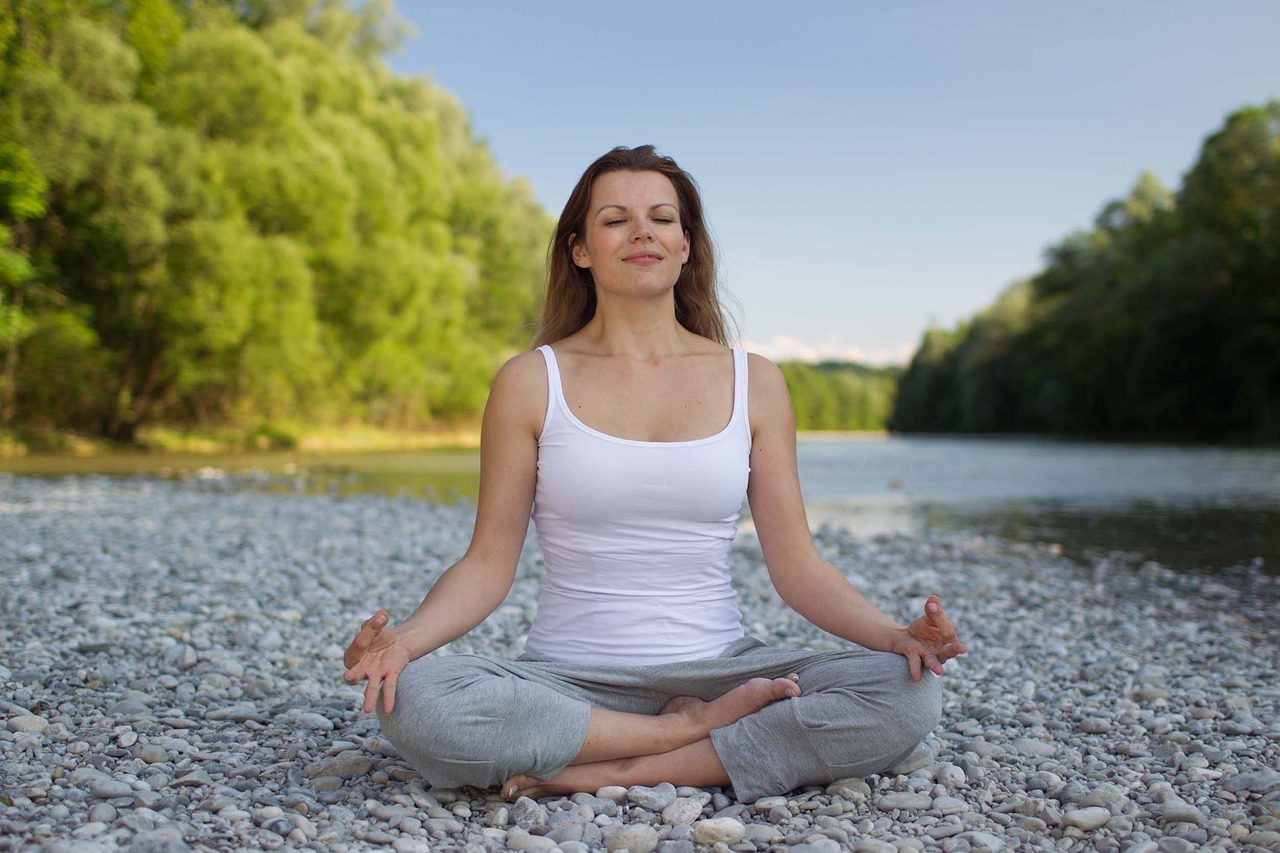
Also referred to as “mindful noting,” this technique involves observing thoughts as they arise and labeling them without getting lost in their content.
How to Practice:
- Sit comfortably and close your eyes.
- Focus on your breath for a minute or two.
- As thoughts come up, mentally label them (“thinking,” “planning,” “worrying,” etc.) and let them go.
- Return to your breath or a neutral point of focus.
- If an emotion arises, label it too (“sadness,” “anxiety,” “anger,” etc.).
- Continue this process for the duration of your practice.
Benefits:
- Develops awareness of thought patterns.
- Reduces reactivity by creating psychological distance from thoughts.
- Trains the mind to stay grounded in the present.
Example: If you’re prone to rumination, commit to a daily 10-minute session of thought observation. Over time, you’ll notice a decrease in compulsive worry.
8. Progressive Muscle Relaxation
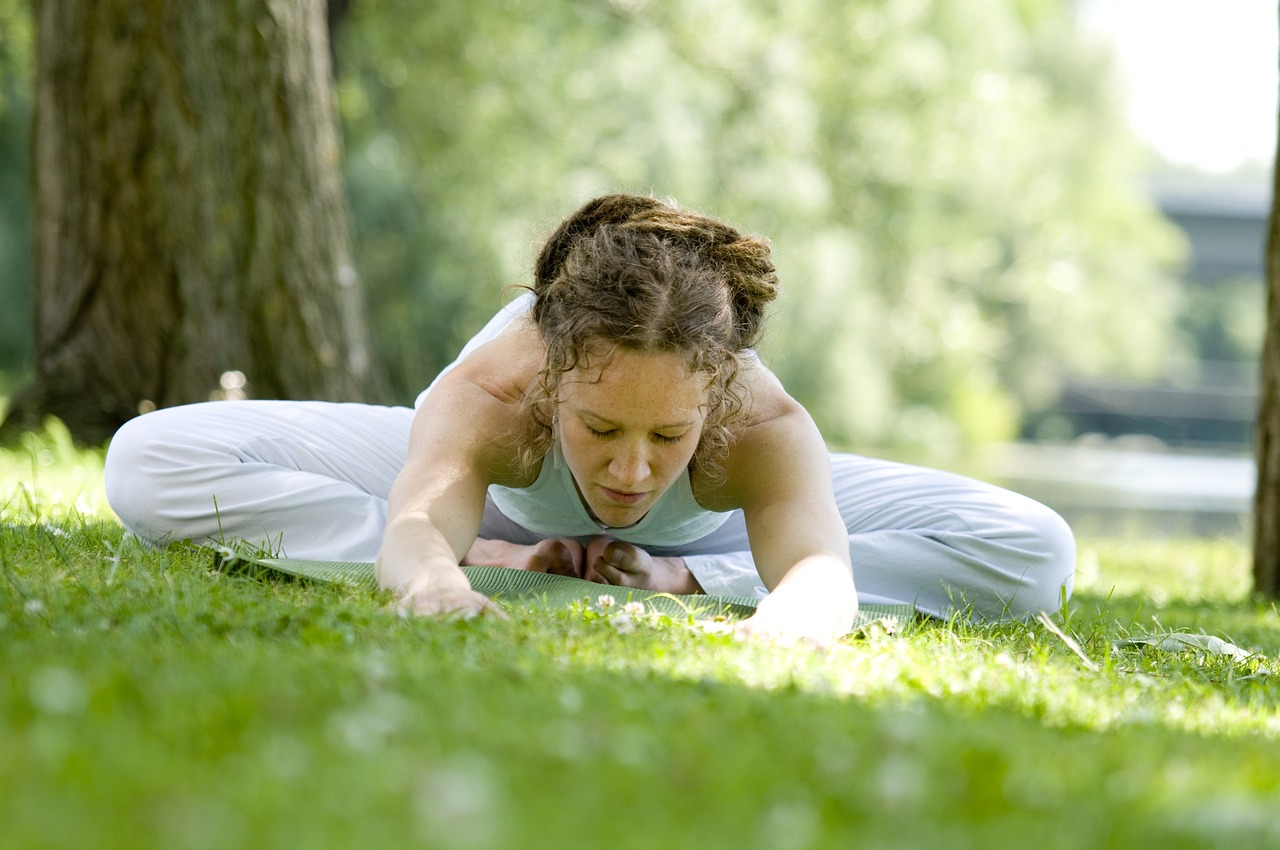
This is a systematic technique that involves tensing and then relaxing different muscle groups in the body. While not always labeled strictly as “mindfulness,” it incorporates present-moment awareness of physical sensations, making it an effective stress-reduction tool.
How to Practice:
- Sit or lie down comfortably, closing your eyes.
- Starting with your feet, tense the muscles for 5-10 seconds and then release.
- Move upwards calves, thighs, abdomen, chest, arms, and face tensing and relaxing each group.
- Pay attention to the difference between tension and relaxation.
- End with a few deep, slow breaths before opening your eyes.
Benefits:
- Relieves physical tension.
- Improves body awareness.
- Can help break the cycle of anxiety-induced muscle tightness.
Example: After a long day of work, perform progressive muscle relaxation to release built-up tension. You may find you sleep better and wake more refreshed.
9. Mindful Journaling
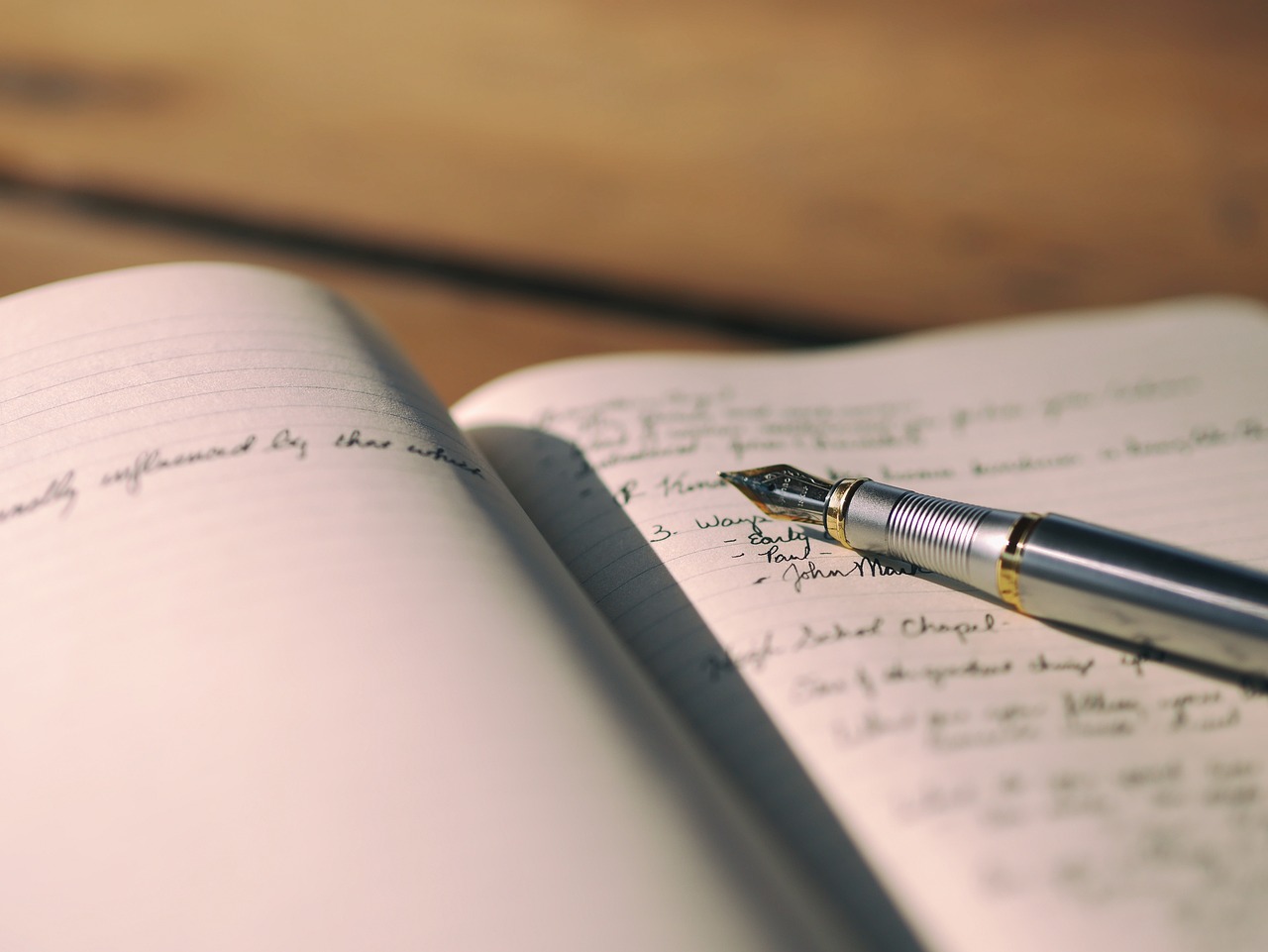
This technique involves writing down your thoughts, emotions, or experiences in a way that promotes self-awareness and introspection.
How to Practice:
- Set aside 10-15 minutes in a quiet space.
- Write down whatever comes to mind without censoring or judging.
- Focus on describing your emotional state, noting any bodily sensations or mental patterns.
- If you feel stuck, use prompts like “What am I feeling right now?” or “What thoughts keep recurring today?”
- End by summarizing any insights gained, and consider an action step if needed.
Benefits:
- Enhances self-reflection and awareness of emotional triggers.
- Helps process stressful or anxious thoughts.
- Can serve as a record of progress and personal growth.
Example: If you feel overwhelmed by anxiety, journal about the exact thoughts and sensations you’re experiencing. Review your entry later to see if patterns emerge or if the intensity of those feelings has changed over time.
10. Five Senses Grounding Exercise
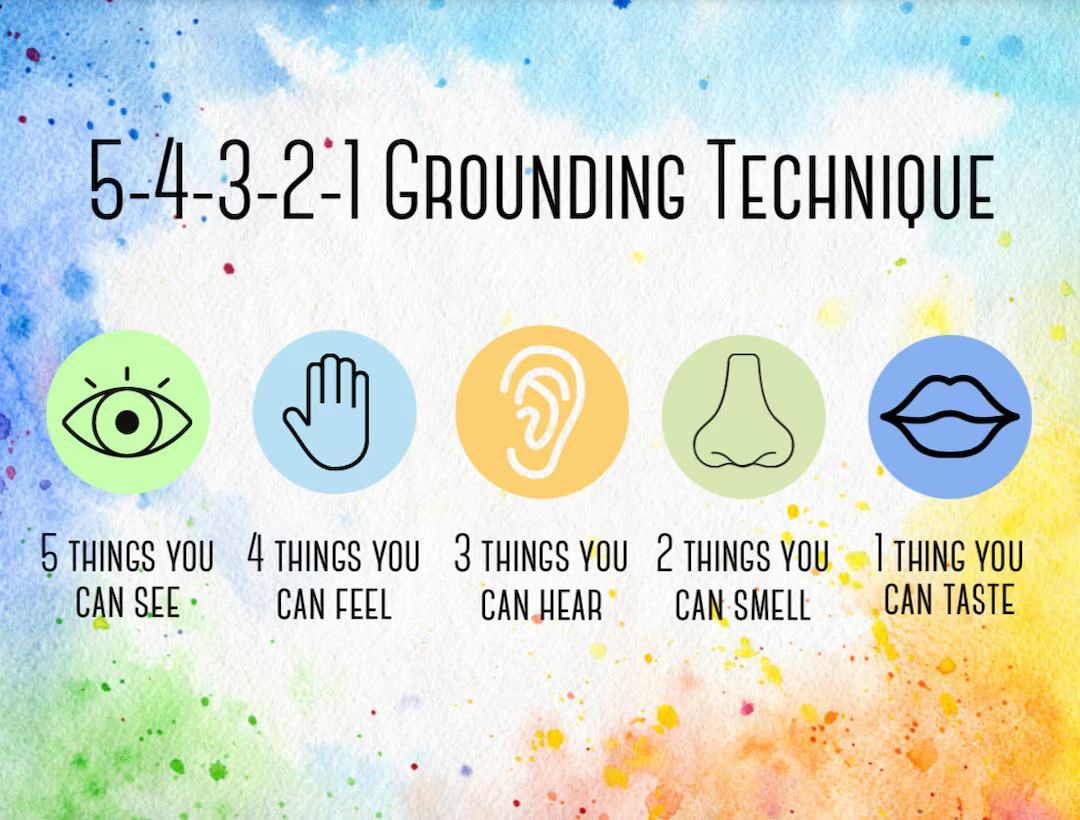
The 5-4-3-2-1 technique uses each of your five senses to anchor you in the present moment. It’s especially helpful in moments of acute anxiety or panic.
How to Practice:
- Take a deep breath and exhale slowly.
- Identify five things you can see around you. Say them out loud or in your mind: “I see a blue pen, a window, a tree…”
- Identify four things you can feel. For example: “I feel the cushion under my thighs, the fabric of my pants, etc.”
- Identify three things you can hear. Listen carefully for subtle sounds: “I hear the clock ticking, distant traffic, my own breathing.”
- Identify two things you can smell. This could be your soap, your perfume, or the scent of the room.
- Identify one thing you can taste. If necessary, take a sip of water or notice any lingering taste in your mouth.
Benefits:
- Quickly calms the mind and body during stressful situations.
- Encourages use of multiple senses, enhancing present-moment awareness.
- Helps prevent escalation of panic or anxiety.
Example: If you find yourself feeling panicked in a crowded elevator, mentally walk through the five senses exercise until you feel more centered.
Daily Life Applications of Mindfulness

Mindfulness is not limited to formal meditation sessions. The principles and techniques can be integrated into nearly every aspect of daily life, enhancing your ability to handle stress and anxiety in real-time.
Incorporating Mindfulness at Work
- Mindful Breaks: Take short mindful pauses between tasks, even if it’s just 30 seconds to focus on your breathing.
- Mindful Emails: Before sending an email, take a breath and review it consciously, noting your tone and intent.
- Prioritize Tasks: Use present-moment awareness to gauge which tasks are most critical and approach them calmly.
Mindful Communication and Relationships
- Active Listening: When a friend or partner is speaking, focus completely on their words without planning your response in your head.
- Gentle Speech: Speak with kindness and awareness, noticing the impact your words may have on others.
- Conflict Resolution: Pause and breathe when tension arises. Observe your emotions before responding.
Using Mindfulness in Daily Routines
- Morning Routine: As you brush your teeth or take a shower, notice the sensations, smells, and movements involved.
- Household Chores: Whether washing dishes or folding laundry, try to focus intently on the activity rather than daydreaming or rushing.
- Commuting: Turn off the radio or podcast occasionally. Observe the sights and sounds of your environment, or practice mindful breathing.
Overcoming Common Obstacles and Challenges

Addressing Resistance and Doubt
Many beginners feel frustrated when they cannot quiet their minds or when their thoughts drift repeatedly. Remind yourself that wandering thoughts are normal; the key is noticing when the mind wanders and gently guiding it back to your point of focus. Overcoming resistance often involves lowering your expectations and treating yourself with kindness.
Dealing with Boredom and Distractions
Mindfulness can seem boring at first especially in a culture that values constant stimulation. If boredom arises, simply observe it: label it as “boredom” and continue with your practice. With consistency, you’ll develop an ability to find depth and nuance even in seemingly mundane experiences.
Time Constraints and Busy Lifestyles
Modern life is hectic, but mindfulness need not be time-consuming. Even a one-minute mindful pause can help reset your stress response. Try weaving mindfulness into existing routines like waiting for your morning coffee to brew or standing in line at the grocery store.
Measuring Progress and Staying Motivated
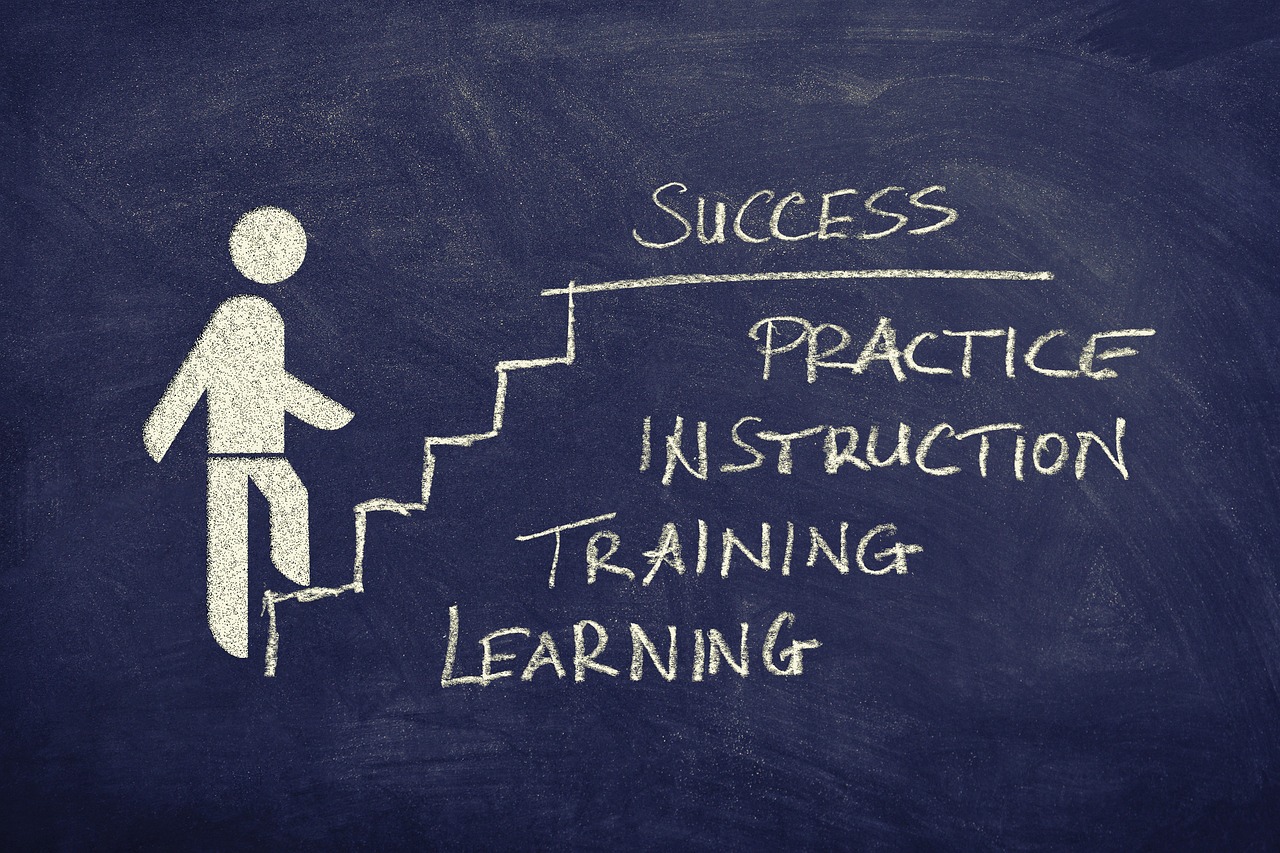
The Role of Reflection and Self-Assessment
Keep a journal or mental log of your experiences:
- Before and After: Note how you feel before a mindfulness session versus afterward. Look for gradual changes in mood or thought patterns.
- Frequency: Track how often you practice each week or month.
- Challenges: Write down any recurring challenges and brainstorm possible solutions.
This reflective process can offer valuable insights into what’s working well and where you need to adjust.
Tools and Apps for Mindfulness Tracking
Several apps can support your mindfulness journey, offering guided meditations, timers, and tracking features. Popular options include Headspace, Calm, and Insight Timer. These tools provide structure and can help reinforce your daily practice with reminders or goals.
Building a Long-Term Practice
Mindfulness is most effective when treated as a lifestyle rather than a short-term fix. To build a sustainable habit:
- Set Specific Goals: Aim for a certain number of sessions per week or a minimum total number of minutes.
- Find a Community: Join local meditation groups or online forums where you can share experiences and learn from others.
- Reward Yourself: Treat yourself when you reach milestones (e.g., completing a 30-day challenge).
Frequently Asked Questions (FAQs)
1. Is Mindfulness a Religious Practice?
While mindfulness has roots in Buddhist meditation, it is not inherently religious. It is often practiced in secular contexts, such as healthcare and education. The techniques can be adapted to fit various belief systems or non-religious worldviews.
2. How Long Does It Take to See Results?
The timeline varies from person to person. Some notice reduced stress and increased calm after just a few sessions, while others require several weeks of consistent practice to experience significant benefits. Studies suggest that practicing 10-20 minutes of mindfulness daily can produce measurable changes in as little as 8 weeks.
3. Can Mindfulness Replace Therapy or Medication?
Mindfulness is an excellent complement to professional mental health treatments but is not a direct substitute for therapy or medication prescribed by qualified healthcare providers. If you have severe anxiety or another mental health condition, consult a medical professional before making any changes to your treatment plan.
Conclusion
Mindfulness is a powerful, evidence-based approach to managing stress and anxiety. By paying careful attention to the present moment, cultivating a non-judgmental awareness of thoughts and feelings, and treating oneself with compassion, individuals can break free from the cycles of rumination and worry that fuel stress and anxiety. The techniques outlined in this article from simple mindful breathing exercises to in-depth practices like guided visualization and loving-kindness meditation provide a robust toolkit for navigating modern life’s challenges.
The journey toward mindfulness is highly personal and often non-linear. Beginners may experience restlessness or frustration, but with consistent practice, the mind learns to settle, and significant benefits begin to unfold. As you incorporate mindfulness into your everyday life whether at work, during meals, or in your relationships you’ll likely discover newfound clarity, emotional stability, and resilience against stressors that once seemed overwhelming.
Remember that mindfulness, like any skill, deepens over time. The benefits compound with consistent effort, gradually transforming the way you perceive and respond to life’s hurdles. Approach each practice with an open mind and a gentle heart, and you will be well on your way to a more peaceful and centered existence.
Final Thoughts and Next Steps
- Start with short, manageable sessions (5-10 minutes daily) and gradually increase the duration.
- Experiment with various techniques—mindful breathing, body scan, mindful eating—to find which resonates best with you.
- Integrate mindfulness into everyday routines, turning ordinary tasks into opportunities for present-moment awareness.
- Seek community support or a qualified teacher if you find yourself struggling or wanting to deepen your practice.
- Use journaling and self-assessment tools to track your progress and stay motivated.
By embracing mindfulness, you’re not just managing stress and anxiety; you’re taking a bold step toward greater self-awareness, emotional balance, and holistic well-being. Whether you’re a seasoned practitioner or a complete beginner, mindfulness offers something valuable for everyone a path to living life more fully, peacefully, and authentically.


